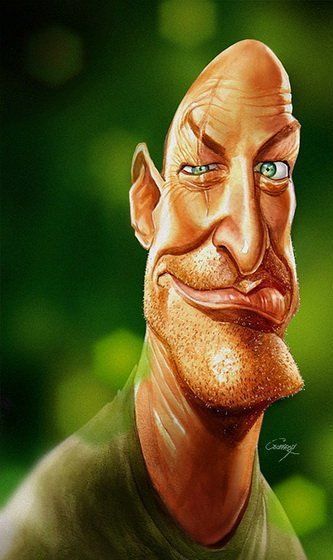|
|
Caricatures By Anthony Geoffroy
|
Caricature, therefore, experienced its first successes in the closed aristocratic circles of France and Italy, where the such portraits could be passed about for mutual enjoyment.
While the first book on caricature drawing to be published in England was Mary Darly's A Book of Caricaturas (c. 1762), the first known North American caricatures were drawn in 1759 during the battle for Quebec. These caricatures were the work of Brig.-Gen. George Townshend whose caricatures of British General James Wolfe, depicted as "Deformed and crass and hideous" (Snell), were drawn to amuse fellow officers. Elsewhere, two great practitioners of the art of caricature in 18th-century Britain were Thomas Rowlandson (1756–1827) and James Gillray (1757–1815). Rowlandson was more of an artist and his work took its inspiration mostly from the public at large. Gillray was more concerned with the vicious visual satirisation of political life. They were, however, great friends and caroused together in the pubs of London.
In a lecture titled The History and Art of Caricature (September 2007, Queen Mary 2 Lecture theatre), the British caricaturist Ted Harrison said that the caricaturist can choose to either mock or wound the subject with an effective caricature. Drawing caricatures can simply be a form of entertainment and amusement – in which case gentle mockery is in order – or the art can be employed to make a serious social or political point. A caricaturist draws on (1) the natural characteristics of the subject (the big ears, long nose, etc.); (2) the acquired characteristics (stoop, scars, facial lines etc.); and (3) the vanities (choice of hair style, spectacles, clothes, expressions and mannerisms).
|
|









